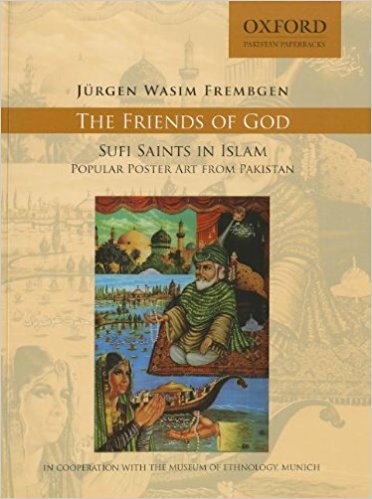The poster, by its very definition, is an ephemeral product, and has only recently acquired the status of popular art. Tracing its history in a long essay entitled ‘Posters: Advertisement, Art, Political Artifact, Commodity’, Susan Sontag differentiates between the political poster and that used for advertising and attracting consumers to particular goods. She draws on Harold Hutchinson’s definition of posters in his book The Poster: An Illustrated History (London 1968): A poster is essentially a large announcement, usually with a pictorial element, usually printed on paper and usually displayed on a wall or billboard to the general public. Its purpose is to draw attention to whatever the advertiser is trying to promote and to impress some message on the passer by. The visual or pictorial element provides the initial attraction—and it must be striking enough to catch the eye of the passer-by and to overcome the counter attractions of other posters and it usually needs a supplementary verbal message which follows up and amplifies the pictorial theme. The large size of most posters enables this verbal message to be read clearly at a distance.
March 2007, volume 31, No 3

